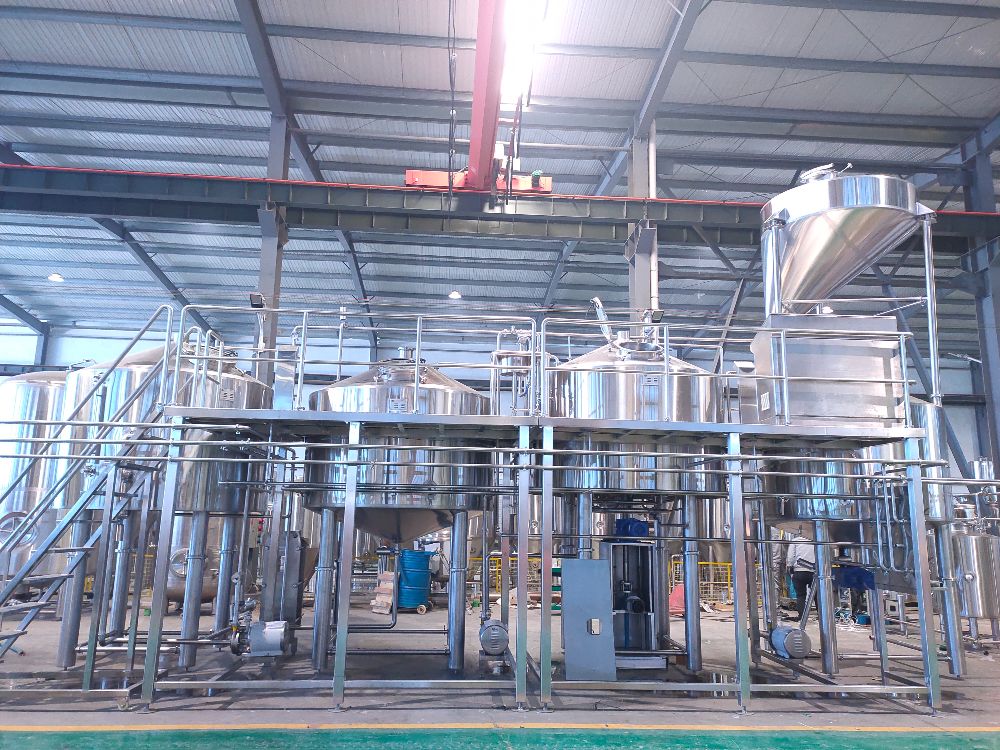What is the common choice of beer equipment outer shell
- Sep 23, 2024
- 167
- tiantai
In another blog, we discussed if we should choose copper as inner shell of beer brewing equipment. After discussion, we still suggest to use common stainless steel as inner shell of beer brewing tanks. In this blog, let us discuss if copper shell can be used as outer shell of beer brewing tanks? If not, what are the common choice for the outer shell of beer brewing tanks?
Part 1: Can the copper shell be used as the outer shell of beer brewing equipment
The shell of beer equipment can use copper (pure copper), but in actual applications, this choice is mainly for decorative and aesthetic considerations rather than functional needs. Copper has a unique color and luster, which can give the equipment a retro and classic appearance, and is often used for the exterior decoration of traditional brewing equipment. However, copper as a material for the equipment shell also has some limitations, and its advantages and disadvantages need to be considered.
Advantages of copper as the outer shell of beer equipment:
1. Unique visual effect:
Copper has a distinct red copper color, noble and elegant appearance, and can create a retro style visual effect, which is very suitable for breweries that need to display or create a traditional atmosphere.
2. Good machinability:
Copper is soft and ductile, and it is easy to process into complex shapes and designs. This allows for fine decorative processing such as carving, embossing, etc. when manufacturing the equipment shell, which increases the beauty of the equipment.
3. Natural antibacterial property:
Copper has natural antibacterial and antimicrobial properties, which can inhibit the growth of bacteria on the surface and keep the appearance of the equipment hygienic and clean.
4. Excellent thermal conductivity:
Although thermal conductivity is not necessary for the equipment shell, the high thermal conductivity of copper can provide a stable external temperature distribution in some display equipment, especially for insulation or display purposes.
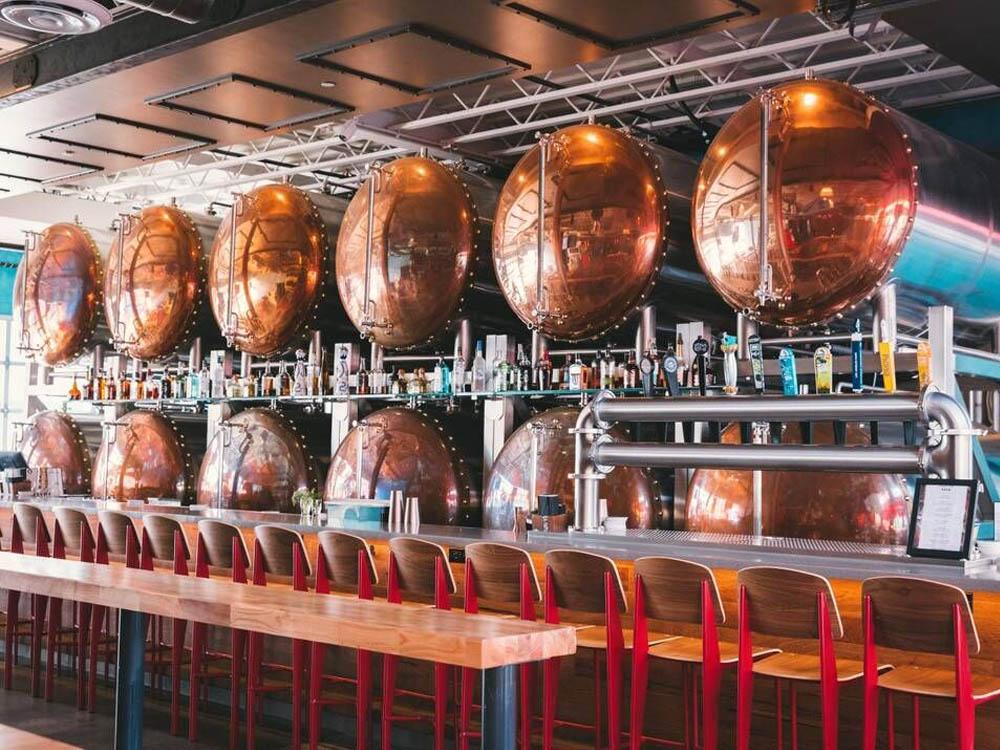
Disadvantages of copper as the shell of beer equipment:
1. Easy oxidation and discoloration:
Copper is easily oxidized in the air to form patina (copper carbonate), which affects the appearance. In order to maintain the bright appearance, regular cleaning, polishing and protective treatment, such as varnishing or waxing, are required.
2. High cost:
The price of copper is relatively high, and the cost is much higher than that of stainless steel. At the same time, its processing and maintenance costs are also high, which increases the overall investment of the equipment.
3. Soft and easily damaged:
Copper is soft and easy to scratch, dent or deform, especially in transportation and daily use, it needs to be handled with extra care, otherwise it will affect the appearance.
4. Heavy weight:
The density of copper is relatively high. Using copper as the shell will increase the total weight of the equipment, which will bring inconvenience to installation and maintenance.
High maintenance requirements:
In order to maintain the luster of copper and prevent oxidation and discoloration, regular maintenance is required, including surface cleaning, coating of protective layers, etc., which will increase operating costs and workload.
Part 2: What is the common choice for outer shell material of beer brewing tanks
The common choice for the outer shell of beer brewing tanks is stainless steel, particularly grades like 304 and 316 stainless steel. Stainless steel is the preferred material for both the interior and exterior of brewing tanks due to its durability, corrosion resistance, ease of cleaning, and ability to maintain sanitary conditions. Here are the reasons why stainless steel is commonly used:
Why Stainless Steel is Commonly Used for the Outer Shell:
1. Durability and Strength:
Stainless steel is strong and can withstand the pressure changes and mechanical stresses that occur during the brewing process. This makes it ideal for the outer shell, which needs to protect the inner components.
2. Corrosion Resistance:
Stainless steel, especially 304 and 316 grades, offers excellent resistance to rust and corrosion, which is essential when dealing with moisture-rich environments like breweries.
3. Ease of Cleaning:
Stainless steel surfaces are smooth and non-porous, making them easy to clean and sanitize. This is crucial in maintaining the hygiene standards required in beer production.
4. Thermal Insulation Capability:
The outer shell can be designed with a double-wall structure where insulation materials (such as polyurethane foam) are placed between the inner and outer stainless steel walls. This helps maintain the desired temperature inside the tanks, whether it’s for fermentation or storage.
5. Aesthetic Appeal:
Stainless steel has a clean, modern look that is visually appealing. This is especially beneficial in breweries where tanks are often on display for customers.
6. Non-Reactive Material:
Stainless steel does not react with the contents of the brewing tanks, ensuring that there is no contamination or unwanted flavors imparted to the beer.
Conclusion:
Stainless steel remains the gold standard for brewing tank exteriors due to its combination of strength, corrosion resistance, ease of maintenance, and aesthetic appeal. The choice of stainless steel ensures that the tanks are both functional and presentable, meeting the high standards of modern brewing operations.
Part 3: In SUS outer shell, which kind of plate[surface treatment] i could choose
Option 1: 2B plate
2B plate is a stainless steel plate without special surface treatment. Its surface is cold rolled, annealed and pickled, so it has good smoothness and surface flatness, but it has not been further brushed or polished. The 2B surface usually presents a silver-gray with low gloss. Compared with more advanced surface treatments (such as mirror, brushed, etc.), it is cheaper, but lacks in aesthetics.
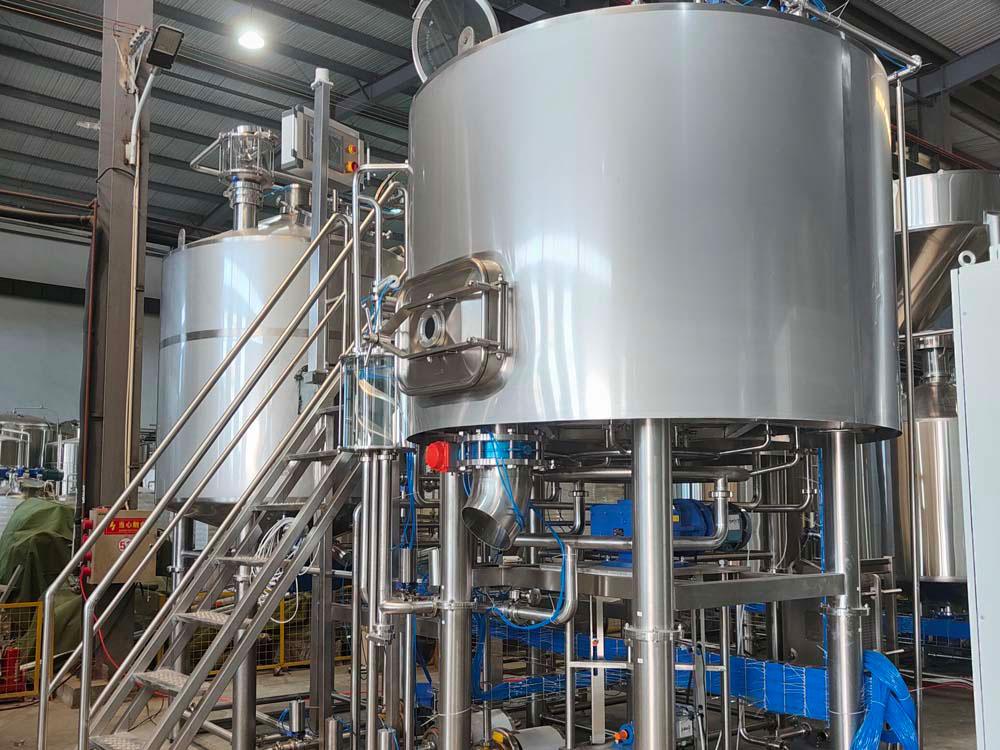
Advantage
1. Cost effectiveness:
Economy: The production process of 2B board is simple and avoids additional surface treatment, so its price is relatively low. This can significantly reduce the unit cost when producing beer cans on a large scale and help companies control the overall budget.
2. Processability:
Easy to form: The surface of 2B plate is smooth and easy to process such as welding, cutting and bending. It is suitable for the manufacturing of beer cans with different design requirements.
Adaptable to a variety of processing technologies: Whether it is machine processing or manual processing, 2B boards can adapt well, providing designers and engineers with more flexibility.
Disadvantages
1. Low gloss: The surface of 2B board is relatively smooth but lacks gloss, which may not be visually attractive enough to consumers, especially in the high-end market, which may affect the competitiveness of the product.
Limited decoration: Compared with brushed or mirror-finished boards, the appearance of 2B boards is relatively simple, which limits the brand's creativity in packaging design.
2. Bacterial growth: Although the surface of stainless steel is relatively smooth, the surface treatment of 2B plate is rough, which may lead to the attachment of microorganisms, thus affecting hygiene after long-term use.
Cleaning and Maintenance: Cleaning 2B boards can be more laborious than treating the surface, especially if the inside and outside of the beer can need to be kept clean frequently.
3. Market acceptance:
Consumer preference: In some markets, consumers are more sensitive to the appearance of packaging and are more inclined to choose products with excellent surface treatment. Tanks using 2B plates may face challenges in these markets.
Summarize
The choice of using 2B board as beer can shell involves multiple factors, including cost, corrosion resistance, processability and market demand. Although 2B board has obvious advantages in economy and strength, it may have shortcomings in appearance and hygiene.
Option 2: Oil brushed finish plate
Oil-polished brushed stainless steel is produced by special treatment of stainless steel plates. Specifically, it typically starts with untreated stainless steel (such as 2B finish) and undergoes processes like sanding and oil coating to create a surface with specific textures and luster. This process not only enhances the aesthetic appeal of the material but also improves its corrosion resistance and cleanliness. Therefore, oil-polished brushed stainless steel is a high-quality surface material that has been processed.
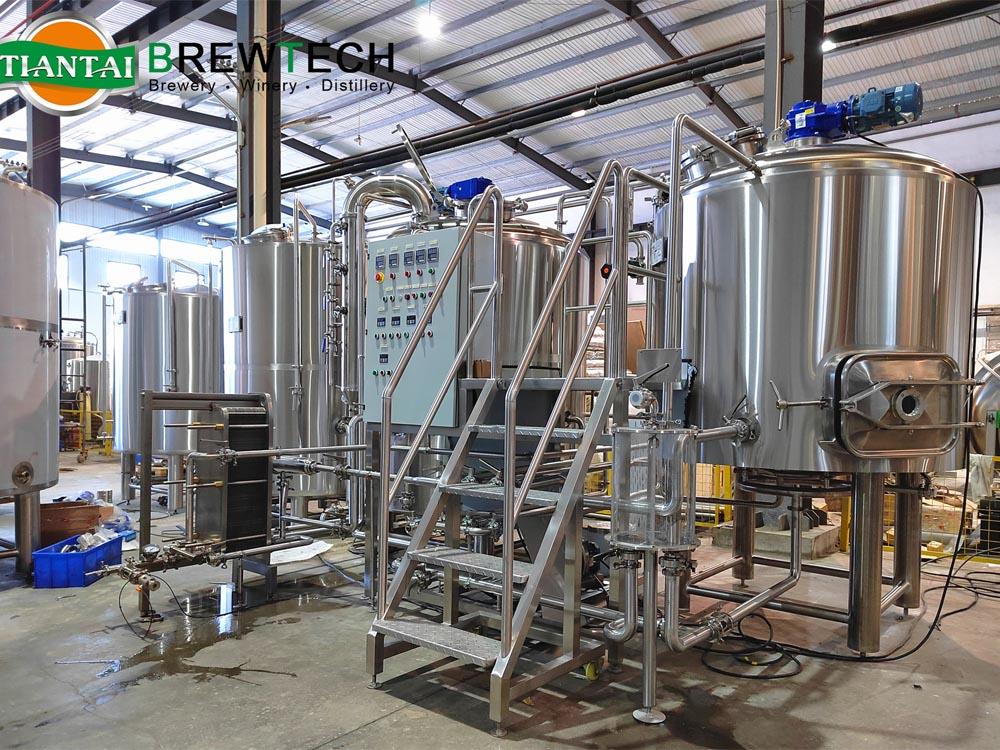
Advantages
1. Aesthetics:
The surface texture of oil-brushed brushed plate is uniform and beautiful. Compared with 2B plate, ink brushed plate can enhance the market appeal of the product
2. Corrosion resistance:
After oil-brushed treatment, the surface can better resist oxidation and reduce direct contact with liquid, thereby improving corrosion resistance.
3. Easy to clean:
The surface is smooth and easy to clean, reducing the adhesion of dirt and bacteria, which helps to keep the product hygienic
4. Strength and toughness:
Oil-brushed brushed plate usually has high strength and toughness, suitable for containers with internal pressure to ensure the safety of the outer liner.
Disadvantages
1. High cost: Compared with 2B plate, the cost is relatively high
2. Maintenance requirements:
Although surface treatment can prevent oxidation, if the coating is worn or the oil film fails, regular maintenance may be required to maintain its corrosion resistance.
Summary
Oil-brushed brushed plate has obvious advantages in aesthetics, corrosion resistance and easy cleaning, and is suitable for applications with stainless steel outer liner.
Option 3: mirror finish outer shell
Mirror panels are obtained by treating stainless steel sheets. It usually starts with untreated stainless steel sheets, and then goes through processes such as grinding and polishing to achieve a high gloss and smoothness on the surface. This treatment not only improves the aesthetics of the stainless steel sheet, but also enhances its corrosion resistance and ease of cleaning.
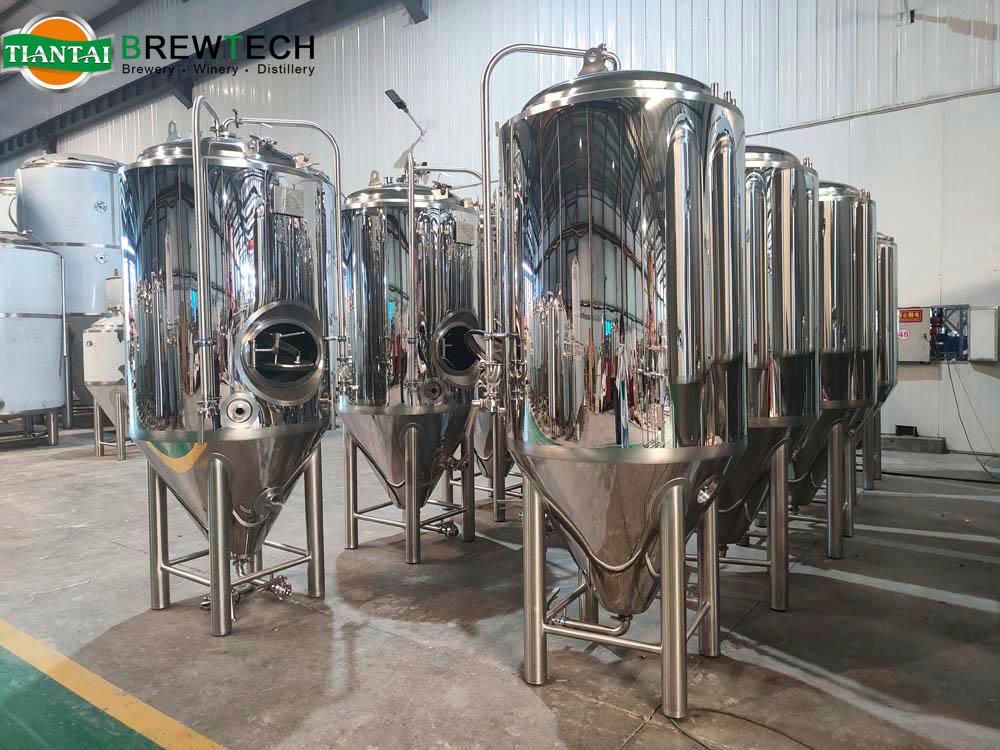
Advantage:
1. Aesthetics:
Mirror panels have high gloss and bright appearance, which can enhance the overall image of the product and attract consumers.
2.Corrosion resistance:
Mirror treatment can form a smooth surface, reduce the adhesion of dirt and liquid, thereby improving corrosion resistance, and is particularly suitable for storing food and beverages.
3. Easy to clean:
The smooth mirror surface makes cleaning more convenient, which can effectively prevent bacteria from growing and maintain hygiene.
Disadvantages
1. Higher cost:
The processing technology of mirror panels is complex, and the production cost is relatively high, which may affect the selling price of the product.
2. Scratches and wear:
Although the mirror surface is beautiful, it is relatively easy to scratch. Once damaged, the surface may lose its gloss and affect the appearance.
3. High reflectivity:
High reflectivity may cause visual interference in certain environments, affecting the visibility and operation of the equipment.
4. Maintenance requirements:
In order to maintain the gloss of the mirror surface, regular cleaning and maintenance may be required, increasing the maintenance workload.
Summary
Mirror panels are suitable as the shell of beer equipment due to their aesthetics, corrosion resistance and easy cleaning, but the higher cost and maintenance requirements are also factors to be considered. When choosing, you should weigh it based on your specific needs and budget.

Based on above information, have you already decided to use which kind of plate as outer shell of beer brewing tanks? Setting up a brewery needs considering much information. Welcome to contact Nicole at [email protected] for customizing your beer brewing equipment. Let us assist you in setting up a functional brewery. Cheers!
Edited by Nicole
Sales manager | Tiantai beer equipment
Email: [email protected]
Part 1: Can the copper shell be used as the outer shell of beer brewing equipment
The shell of beer equipment can use copper (pure copper), but in actual applications, this choice is mainly for decorative and aesthetic considerations rather than functional needs. Copper has a unique color and luster, which can give the equipment a retro and classic appearance, and is often used for the exterior decoration of traditional brewing equipment. However, copper as a material for the equipment shell also has some limitations, and its advantages and disadvantages need to be considered.
Advantages of copper as the outer shell of beer equipment:
1. Unique visual effect:
Copper has a distinct red copper color, noble and elegant appearance, and can create a retro style visual effect, which is very suitable for breweries that need to display or create a traditional atmosphere.
2. Good machinability:
Copper is soft and ductile, and it is easy to process into complex shapes and designs. This allows for fine decorative processing such as carving, embossing, etc. when manufacturing the equipment shell, which increases the beauty of the equipment.
3. Natural antibacterial property:
Copper has natural antibacterial and antimicrobial properties, which can inhibit the growth of bacteria on the surface and keep the appearance of the equipment hygienic and clean.
4. Excellent thermal conductivity:
Although thermal conductivity is not necessary for the equipment shell, the high thermal conductivity of copper can provide a stable external temperature distribution in some display equipment, especially for insulation or display purposes.

Disadvantages of copper as the shell of beer equipment:
1. Easy oxidation and discoloration:
Copper is easily oxidized in the air to form patina (copper carbonate), which affects the appearance. In order to maintain the bright appearance, regular cleaning, polishing and protective treatment, such as varnishing or waxing, are required.
2. High cost:
The price of copper is relatively high, and the cost is much higher than that of stainless steel. At the same time, its processing and maintenance costs are also high, which increases the overall investment of the equipment.
3. Soft and easily damaged:
Copper is soft and easy to scratch, dent or deform, especially in transportation and daily use, it needs to be handled with extra care, otherwise it will affect the appearance.
4. Heavy weight:
The density of copper is relatively high. Using copper as the shell will increase the total weight of the equipment, which will bring inconvenience to installation and maintenance.
High maintenance requirements:
In order to maintain the luster of copper and prevent oxidation and discoloration, regular maintenance is required, including surface cleaning, coating of protective layers, etc., which will increase operating costs and workload.
Part 2: What is the common choice for outer shell material of beer brewing tanks
The common choice for the outer shell of beer brewing tanks is stainless steel, particularly grades like 304 and 316 stainless steel. Stainless steel is the preferred material for both the interior and exterior of brewing tanks due to its durability, corrosion resistance, ease of cleaning, and ability to maintain sanitary conditions. Here are the reasons why stainless steel is commonly used:
Why Stainless Steel is Commonly Used for the Outer Shell:
1. Durability and Strength:
Stainless steel is strong and can withstand the pressure changes and mechanical stresses that occur during the brewing process. This makes it ideal for the outer shell, which needs to protect the inner components.
2. Corrosion Resistance:
Stainless steel, especially 304 and 316 grades, offers excellent resistance to rust and corrosion, which is essential when dealing with moisture-rich environments like breweries.
3. Ease of Cleaning:
Stainless steel surfaces are smooth and non-porous, making them easy to clean and sanitize. This is crucial in maintaining the hygiene standards required in beer production.
4. Thermal Insulation Capability:
The outer shell can be designed with a double-wall structure where insulation materials (such as polyurethane foam) are placed between the inner and outer stainless steel walls. This helps maintain the desired temperature inside the tanks, whether it’s for fermentation or storage.
5. Aesthetic Appeal:
Stainless steel has a clean, modern look that is visually appealing. This is especially beneficial in breweries where tanks are often on display for customers.
6. Non-Reactive Material:
Stainless steel does not react with the contents of the brewing tanks, ensuring that there is no contamination or unwanted flavors imparted to the beer.
Conclusion:
Stainless steel remains the gold standard for brewing tank exteriors due to its combination of strength, corrosion resistance, ease of maintenance, and aesthetic appeal. The choice of stainless steel ensures that the tanks are both functional and presentable, meeting the high standards of modern brewing operations.
Part 3: In SUS outer shell, which kind of plate[surface treatment] i could choose
Option 1: 2B plate
2B plate is a stainless steel plate without special surface treatment. Its surface is cold rolled, annealed and pickled, so it has good smoothness and surface flatness, but it has not been further brushed or polished. The 2B surface usually presents a silver-gray with low gloss. Compared with more advanced surface treatments (such as mirror, brushed, etc.), it is cheaper, but lacks in aesthetics.

Advantage
1. Cost effectiveness:
Economy: The production process of 2B board is simple and avoids additional surface treatment, so its price is relatively low. This can significantly reduce the unit cost when producing beer cans on a large scale and help companies control the overall budget.
2. Processability:
Easy to form: The surface of 2B plate is smooth and easy to process such as welding, cutting and bending. It is suitable for the manufacturing of beer cans with different design requirements.
Adaptable to a variety of processing technologies: Whether it is machine processing or manual processing, 2B boards can adapt well, providing designers and engineers with more flexibility.
Disadvantages
1. Low gloss: The surface of 2B board is relatively smooth but lacks gloss, which may not be visually attractive enough to consumers, especially in the high-end market, which may affect the competitiveness of the product.
Limited decoration: Compared with brushed or mirror-finished boards, the appearance of 2B boards is relatively simple, which limits the brand's creativity in packaging design.
2. Bacterial growth: Although the surface of stainless steel is relatively smooth, the surface treatment of 2B plate is rough, which may lead to the attachment of microorganisms, thus affecting hygiene after long-term use.
Cleaning and Maintenance: Cleaning 2B boards can be more laborious than treating the surface, especially if the inside and outside of the beer can need to be kept clean frequently.
3. Market acceptance:
Consumer preference: In some markets, consumers are more sensitive to the appearance of packaging and are more inclined to choose products with excellent surface treatment. Tanks using 2B plates may face challenges in these markets.
Summarize
The choice of using 2B board as beer can shell involves multiple factors, including cost, corrosion resistance, processability and market demand. Although 2B board has obvious advantages in economy and strength, it may have shortcomings in appearance and hygiene.
Option 2: Oil brushed finish plate
Oil-polished brushed stainless steel is produced by special treatment of stainless steel plates. Specifically, it typically starts with untreated stainless steel (such as 2B finish) and undergoes processes like sanding and oil coating to create a surface with specific textures and luster. This process not only enhances the aesthetic appeal of the material but also improves its corrosion resistance and cleanliness. Therefore, oil-polished brushed stainless steel is a high-quality surface material that has been processed.

Advantages
1. Aesthetics:
The surface texture of oil-brushed brushed plate is uniform and beautiful. Compared with 2B plate, ink brushed plate can enhance the market appeal of the product
2. Corrosion resistance:
After oil-brushed treatment, the surface can better resist oxidation and reduce direct contact with liquid, thereby improving corrosion resistance.
3. Easy to clean:
The surface is smooth and easy to clean, reducing the adhesion of dirt and bacteria, which helps to keep the product hygienic
4. Strength and toughness:
Oil-brushed brushed plate usually has high strength and toughness, suitable for containers with internal pressure to ensure the safety of the outer liner.
Disadvantages
1. High cost: Compared with 2B plate, the cost is relatively high
2. Maintenance requirements:
Although surface treatment can prevent oxidation, if the coating is worn or the oil film fails, regular maintenance may be required to maintain its corrosion resistance.
Summary
Oil-brushed brushed plate has obvious advantages in aesthetics, corrosion resistance and easy cleaning, and is suitable for applications with stainless steel outer liner.
Option 3: mirror finish outer shell
Mirror panels are obtained by treating stainless steel sheets. It usually starts with untreated stainless steel sheets, and then goes through processes such as grinding and polishing to achieve a high gloss and smoothness on the surface. This treatment not only improves the aesthetics of the stainless steel sheet, but also enhances its corrosion resistance and ease of cleaning.

Advantage:
1. Aesthetics:
Mirror panels have high gloss and bright appearance, which can enhance the overall image of the product and attract consumers.
2.Corrosion resistance:
Mirror treatment can form a smooth surface, reduce the adhesion of dirt and liquid, thereby improving corrosion resistance, and is particularly suitable for storing food and beverages.
3. Easy to clean:
The smooth mirror surface makes cleaning more convenient, which can effectively prevent bacteria from growing and maintain hygiene.
Disadvantages
1. Higher cost:
The processing technology of mirror panels is complex, and the production cost is relatively high, which may affect the selling price of the product.
2. Scratches and wear:
Although the mirror surface is beautiful, it is relatively easy to scratch. Once damaged, the surface may lose its gloss and affect the appearance.
3. High reflectivity:
High reflectivity may cause visual interference in certain environments, affecting the visibility and operation of the equipment.
4. Maintenance requirements:
In order to maintain the gloss of the mirror surface, regular cleaning and maintenance may be required, increasing the maintenance workload.
Summary
Mirror panels are suitable as the shell of beer equipment due to their aesthetics, corrosion resistance and easy cleaning, but the higher cost and maintenance requirements are also factors to be considered. When choosing, you should weigh it based on your specific needs and budget.

Based on above information, have you already decided to use which kind of plate as outer shell of beer brewing tanks? Setting up a brewery needs considering much information. Welcome to contact Nicole at [email protected] for customizing your beer brewing equipment. Let us assist you in setting up a functional brewery. Cheers!
Edited by Nicole
Sales manager | Tiantai beer equipment
Email: [email protected]

.jpg)


